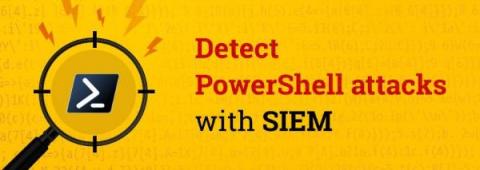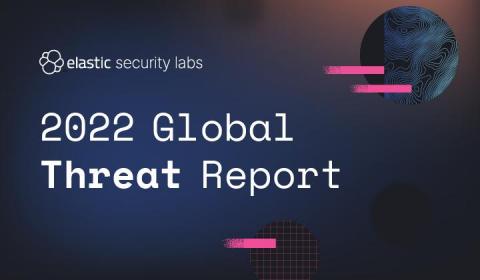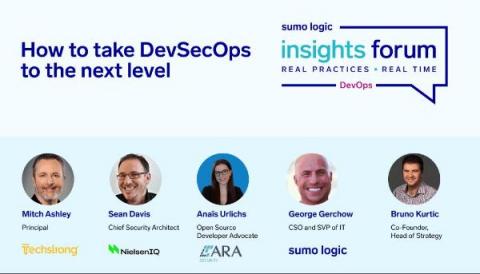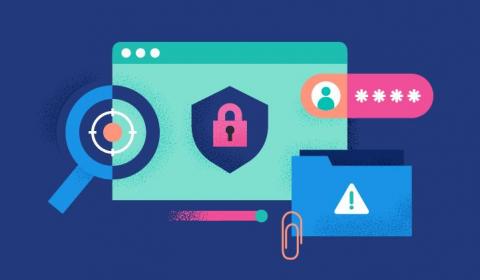5 advantages of deploying a cloud SIEM solution
As organizations are rapidly moving to the cloud to leverage the cloud advantage, services are also moving to the cloud, including cybersecurity solutions such as SIEM. In fact, SIEM as a Service is rapidly gaining momentum as an alternative to traditional, on-premises SIEM solutions. In its 10 Questions to Answer Before Adopting a SaaS SIEM report, Gartner had predicted that by 2023, 80% of SIEM solutions will have capabilities that are delivered via the cloud.









